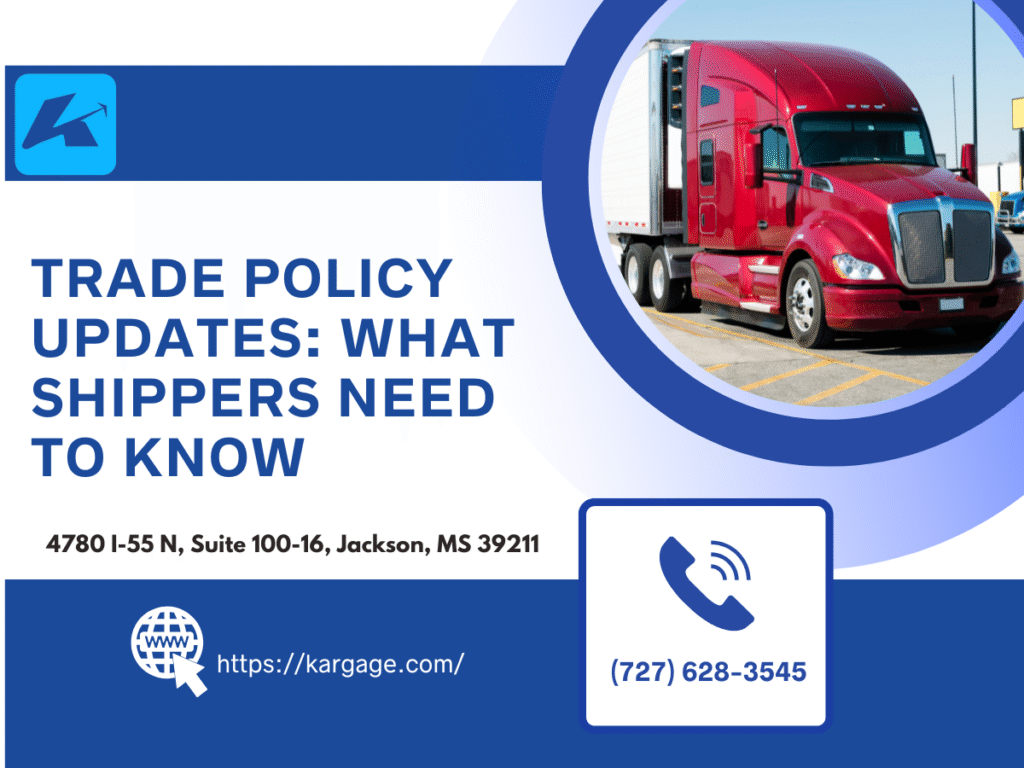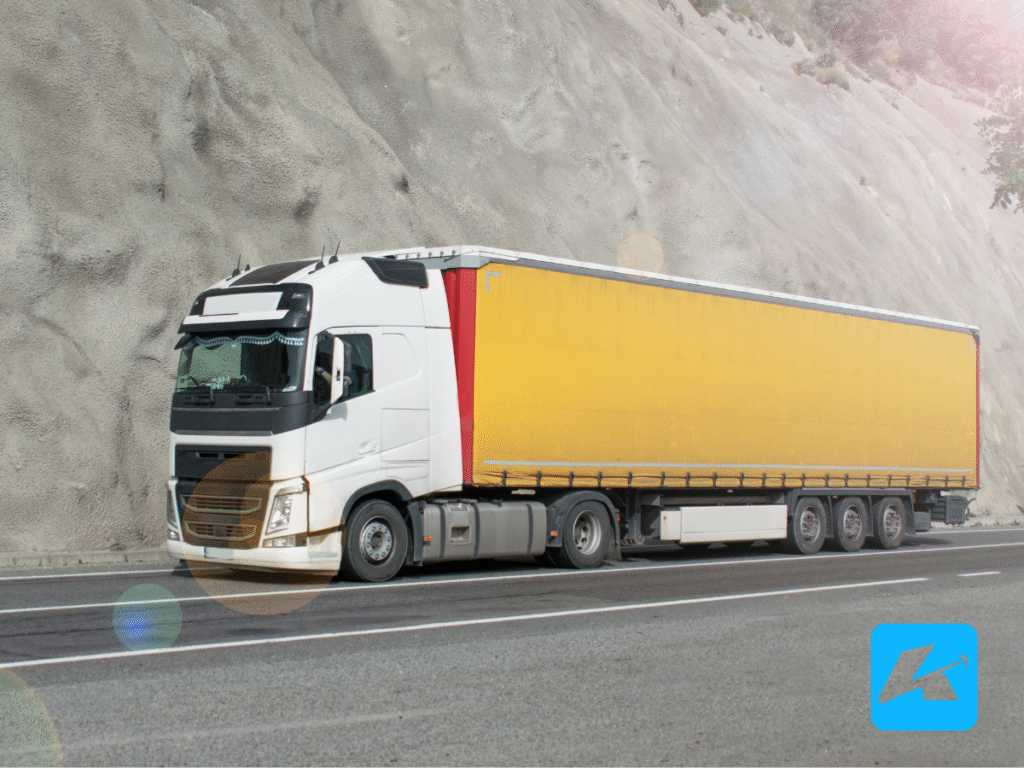The world of shipping is never static, and 2025 is proving to be a whirlwind of change. Trade policy updates, from new tariffs to regulatory shifts, are reshaping how shippers move goods across borders and highways. These changes can spike costs, delay cargo, or force a rethink of supply chains.
For shippers, staying ahead means understanding what’s new and how to adapt.

This guide breaks down five key trade policy updates and offers practical tips to keep your shipments on track.
1. Grasp the New Tariff Landscape
Tariffs are making headlines in 2025. A universal 10% tariff on most imported goods kicked in on April 5, with higher rates—up to 57%—targeting 57 countries based on trade deficits, notably China. These hikes, reported by sources like Everglory Logistics, aim to balance trade but raise shipping costs.
For shippers, this means pricier imports, especially for goods like steel, electronics, or textiles. A pause on some country-specific tariffs for 90 days, starting April 10, offers temporary relief, but uncertainty looms.
Pro Tip: Check the U.S. International Trade Administration’s tariff database for current rates. Budget for higher costs or explore duty-free alternatives.
2. Navigate the End of De Minimis Exemptions
The suspension of Section 321, which allowed duty-free entry for shipments under $800, is a game-changer. This change, noted by ODW Logistics, targets low-value imports, especially from e-commerce giants, to curb unfair competition.
Shippers relying on small-parcel imports now face higher duties and longer customs processing. Airfreight profits are also taking a hit, with excess cargo space driving up costs, as shared in industry discussions.
Adapt by consolidating shipments to reduce per-unit customs fees or sourcing locally to bypass import duties.
Action Step: Review your small-parcel import strategy. Work with a customs broker to streamline filings and minimize delays.
3. Adjust to Port and Carrier Regulations
New port fees and shipping laws are adding complexity. The American Cargo for American Ships Act, passed by the House, mandates 100% of transportation project materials move on U.S. ships, potentially raising infrastructure costs. BIMCO is also developing clauses to address U.S. port fees targeting Chinese operators, effective October 14.
These rules could tighten capacity and increase rates, especially for ocean freight. Shippers may face delays at congested ports, like Los Angeles, where cargo slumps are already disrupting supply chains.
Quick Tip: Book shipments early to secure space. Consider alternative ports, like Gulf Coast hubs, to avoid bottlenecks.
4. Leverage Technology for Compliance
Trade policy shifts demand agility, and technology is your ally. Transportation Management Systems (TMS) and digital customs platforms, like the U.S. Automated Commercial Environment (ACE), help shippers track tariffs, file documents, and reroute cargo during disruptions.
For example, a TMS can optimize bookings to cut costs amid tariff hikes, as suggested by Stord. Real-time data also flags regulatory changes, ensuring compliance. Kargage, a Jackson, Mississippi-based broker, uses tech to help shippers stay ahead of policy curveballs.
Best Practice: Adopt a TMS or ACE for streamlined customs filings. Ask your broker for tools to monitor policy updates in real time.
5. Build Flexible Supply Chain Strategies
Uncertainty is the only constant in 2025’s trade landscape. Nearly half of shippers cite tariff and policy volatility as a top pain point, per Global Trade Magazine. Some take a “wait-and-see” approach, while others pivot to nearshoring or multi-sourcing to dodge tariffs.
Build flexibility by diversifying suppliers—say, sourcing from Mexico instead of China—or exploring nearshoring to reduce import reliance. Partner with carriers and brokers, like Kargage’s 25,000+ carrier network, to access alternative routes or modes during disruptions.

How to Start: Map your supply chain risks. Develop a plan with backup suppliers, routes, and carriers to stay resilient.
Putting It All Together
Trade policy updates in 2025 are reshaping shipping, but they don’t have to derail your business. By understanding tariffs, navigating de minimis changes, adjusting to port rules, leveraging tech, and building flexibility, shippers can stay ahead of the curve.
These strategies turn challenges into opportunities, keeping your cargo moving and costs in check. At Kargage, we’ve seen proactive shippers thrive amid uncertainty. But this isn’t about us—it’s about you.
Need help adapting to new trade policies? Call us at (727) 628-3545 for a quote. With these tips, you’re ready to ship smarter in a changing world.

